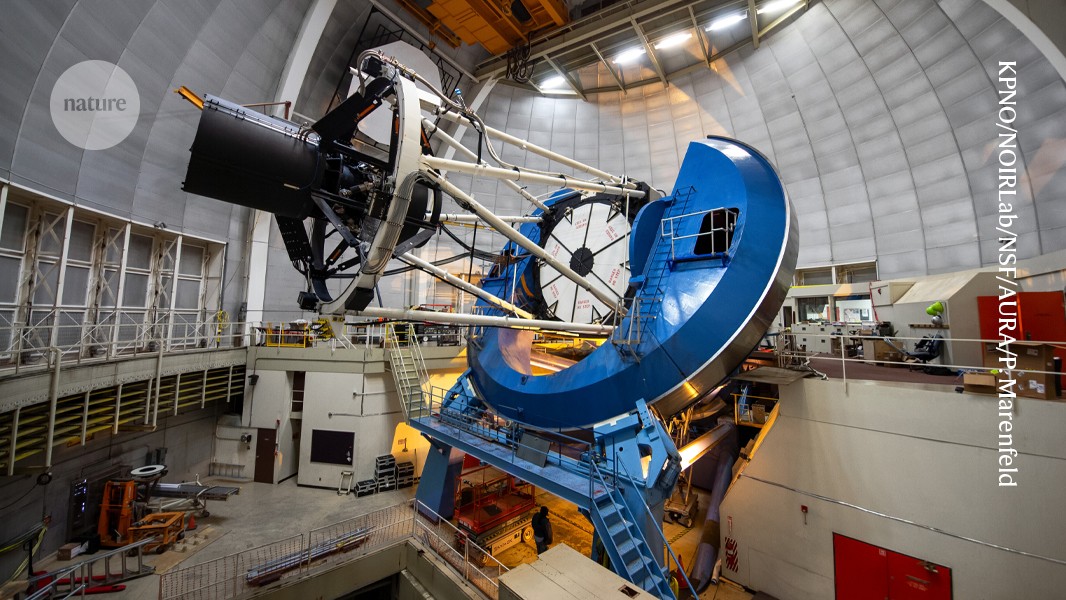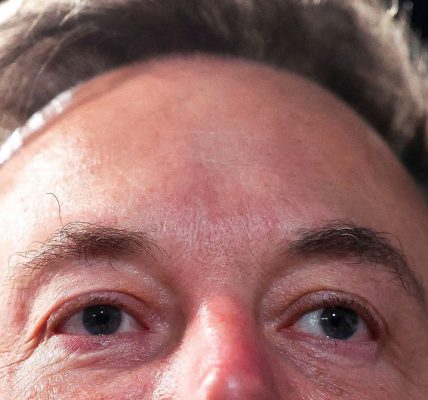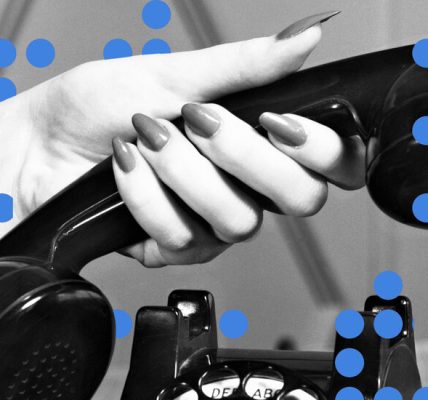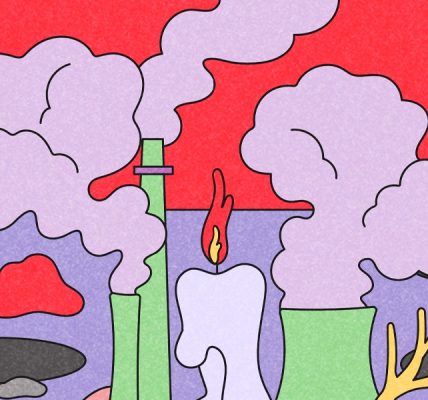The Expansion History of the Universe from Hubble Diagrams Using Robotic Arms of the DESI Telescope, and BAOs in Galaxies
The dark energy is thought to have weakened over billions of years. Plus, skin immune cells form their own ‘bandage’ around wounds and how astronomers are tackling the growing problem of satellite pollution.
Catherine Heymans, who is an astronomer at the University of Edinburgh, UK and the Astronomer Royal for Scotland, says she is paying attention now.
The DESI telescope is located at Kitt Peak National Observatory near Tucson, Arizona. It uses 5000 robotic arms to point out the optical fibres in the field of view. The amount of redshift in each object is measured by the degree to which its light waves were stretched by the expansion of space. Researchers can estimate an object’s distance using its redshift, to produce a 3D map of the Universe’s expansion history.
In that map, researchers then look at the density of galaxies to identify variations that are left over from sound waves called baryon acoustic oscillations (BAOs), which existed before stars began to form. The universe in its primordial state had a characteristic scale of 150 megaparsecs, which became over a thousand to 150 megaparsecs with the expansion of the universe.
The Musungo Lady and the Man Whose Remains: The Space Between Astronomers and Optical Telescopes Isn’t
Almost 11,000 satellites have been launched into Earth’s space in the past five years, a jump from just over 2,000. More than 7,000 people joined the Starlink system run by entrepreneur Musk’s company. Astronomers are having a hard time seeing because of the ballooning numbers of the spaceships that interfere with their observations. The focus now is damage control. Astronomers are working with satellite companies to build a centralized tracking system, develop technologies that can de-streak their images and re-direct signals that can overwhelm radio telescopes.
The case about the fate of remains from Lake Mungo in Australia is about to head to a court. TheMungo Lady is believed to be one of the oldest known cremations, while theMungo Man is believed to be the earliest human skeleton ever found. The bones are from the same area where aboriginal Australians were buried, and have come to represent both the history of the First Nations people and how science has sometimes disrespected them. In 2022, the process began to rebury the remains — but there is disagreement, both among scientists and members of Aboriginal Australian communities, about whether that was the right decision.
Physicists have created the tiniest light-emitting diode (LED) displays ever. The image above was shown on a display with less than 100 micrometres across and is only about the width of a human hair. If that wasn’t small enough, the team made an even tinier LED. The small amount of space in the display was too small to be resolved with the most powerful optical microscopes. (Nature | 3 min read)
Source: Daily briefing: The mysterious force pushing galaxies apart might be getting weaker
A microsatellite quantum key reveals the skin’s first bandage, the Great Wall, and Stellenbosch’s campus
Artificial intelligence systems could beat human computer programmers on long tasks that took months, and in which they do not currently lag. The task-completion time horizon, a metric to track how long programmers take to complete tasks, has doubled every seven months since 2019. It’s believed that by 2029 tasks that take humans a month will be mastered by computers with 50% reliability. It is clear that the uncertainties about how artificial intelligence will be used aren’t always useful.
Immune cells in the skin create their own ‘bandages’ to prevent harmful bacteria spreading from the site of an injury, a study in mice reveals. The white blood cells called neutrophils formed a ring around areas where the skin had been penetrated to trap pathogens. Neutrophils are known as the first responders to sites of infection and injury, killing pathogens by ingesting them or releasing toxins. The study shows that the sticky barrier is formed by a second wave of neutrophils after the initial attack.
The record for quantum communication was broken by researchers who sent the key from China to South Africa via a microsatellite. From a rooftop in Beijing, the satellite sent a beam of light to another. The pulses formed a quantum key used to encrypt two images — one of China’s Great Wall and one showing part of Stellenbosch’s campus. It is a step towards being able to beam messages through space between two locations, but away from each other.



